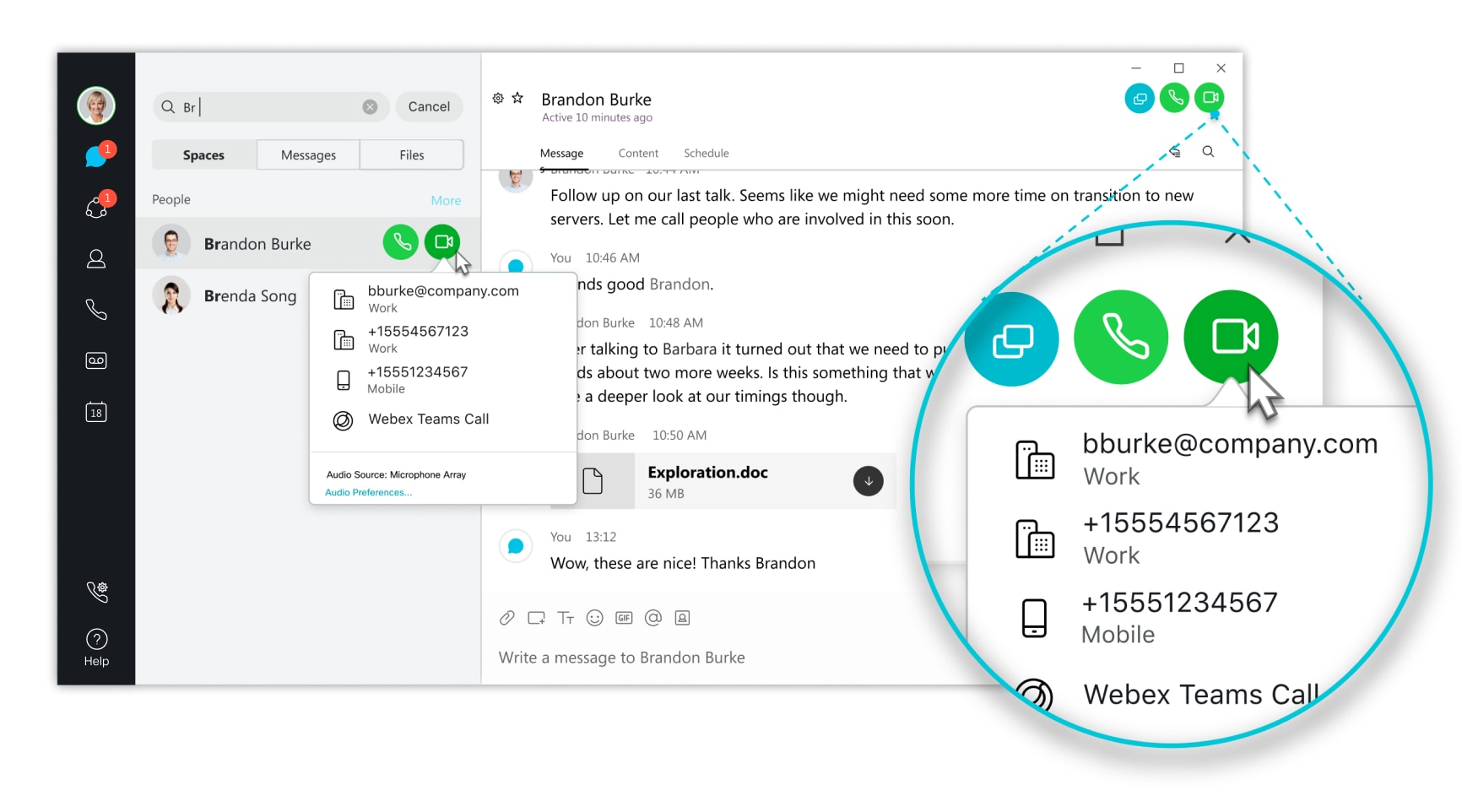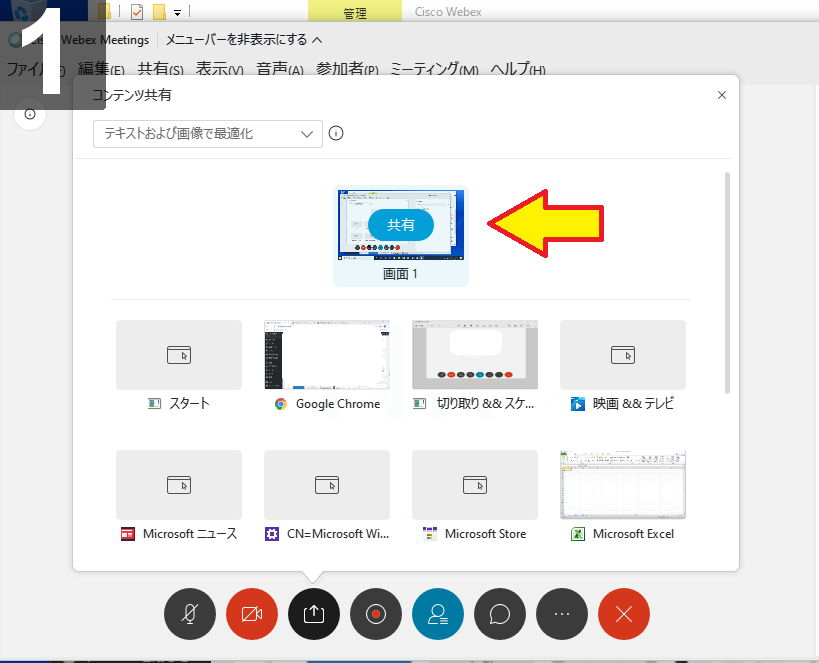

This is done on the Webex platform via the URL. Create Botįirst of all, we need to create our bot. This consists of creating our bot, adding our bot to our Webex Teams space, along with creating a message webhook.

To begin, we perform the required configuration within Webex teams. The message is displayed to the user via the Webex Teams client.A message is then created containing the results of ipcalc.In our case taking the IP/Subnet and running ipcalc. Using the message details, our Chatbot will then perform the required action.The Chatbot will then issue an API call out to the Webex Teams API to collect the message details using the previous message ID.

This submission triggers a webhook, an HTTP POST to our Chatbot endpoint, containing a message ID.Webex Teams then processes this submission.

The user submits a message within Webex Teams.Let’s step through the order of operations for our Chatbot. Our Chatbot will then perform an ipcalc against the IP and subnet, then return the result to the user. This method prevents continuous polling and therefore can reduce the resource overhead to both the chat API endpoints and Chatbot.Īt a very high level, our user will enter an IP address and netmask within the Webex Teams client (be it the mobile app, web browser, or desktop app). Webhooks - Instead of polling the chat platform, a webhook is only sent to the bot in the event of a given condition, for example, a new message is created, or a form submission.An example of a pull-based bot can be found in this previous post on building a basic Slack bot with Python. Pull - The Chatbot continuously pulls data from the chat platform, for example, messages.There are 2 main methods for getting the data and/or actions from the user to the Chatbot for processing - pull and webhooks. Microsoft Teams also utilizes Adaptive Cards, whereas Slack provides Block Kit. 3 With Webex Teams, this type of Chatbot is built with Buttons and Cards (example below), based upon the Microsoft Adaptive Cards specification. Menu/button-based - The latest Chatbots now provide dialog inputs and other interactive elements as opposed to text commands.For the scope of this article, this is the type of Chatbot we will be building. Text-based - Bots are created to accept a text command, execute a command and then return the result back to the user.When it comes to Chatbots, there are two main types - text-based and menu/button-based: 1 This is achieved via a Chatbot that is integrated with your chat platform (such as Webex Teams, Microsoft Teams or Slack) and configured to execute various actions upon commands or actions submitted by the user.īy bringing your tools into your conversations and using a Chatbot modified to work with key plugins and scripts, teams can automate tasks, collaborate more, and to work faster and more efficiently. In this article, we will answer these questions and also get hands-on with building a Chatbot within the collaboration platform Webex Teams.ĬhatOps, a term originally coined by the folks at Github, is all about conversation-driven operations.
Webex teams web how to#
By now I’m sure most of you would have heard the terms ChatOps and Chatbots.įor many of you these terms may be new, and if not you may be wondering how to get started.


 0 kommentar(er)
0 kommentar(er)
